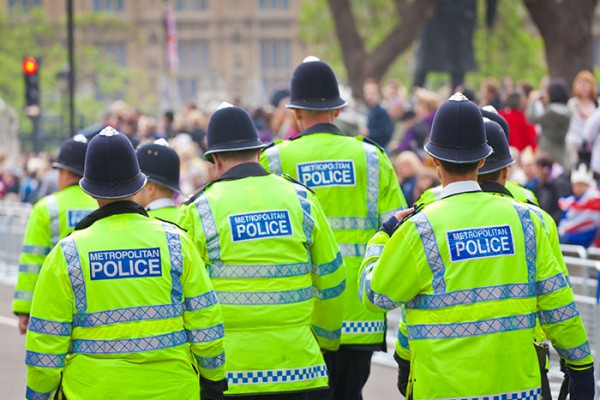Major Incidents
What is a Major Incident? Our definition is based on that provided in The Joint Emergency Services Interoperability Programme (JESIP) joint doctrine v2 and may be considered as an event or situation, with a range of serious consequences, which requires special arrangements to be implemented by one or more emergency responder agencies.
Although individual incidents will be unique in their particular characteristics, the response structures and procedures deployed have been agreed and exercised in advance in our Major Incident Response Framework. This brings the emergency responders together to jointly assess the situation, agree on a response plan and communicate this to their respective operational teams, the media and the wider public, as appropriate.
Management of an emergency
The following management structure will be established for a major incident:
Strategic Coordinating Group (SCG – also known as gold)
The strategic group directs the overall multi-agency response and sets the policy considering:
- Strategic priorities
- Wider impacts & long term considerations
- Communications and media
Tactical Coordinating Group (TCG – also known as silver)
The tactical group co-ordinates the overall response. They carry out and follow the policy and guidelines from the strategic group by:
- Disseminating decisions from Strategic level
- Translating decisions into deployment instructions
- Procuring and prioritising the allocation of resources
- Considering the health and safety of the public and personnel
- Acting as liaison between levels
Operational Teams (also known as bronze)
The operational response is concentrated on managing the location of the incident and dealing with the individuals who have been affected. It includes:
- At the scene operational response
- Evacuations and diversions
- Humanitarian assistance
- Incident specific impact mitigation measures
Depending on the nature of the incident other groups and specialist cells might also be established, including:
- Recovery Coordinating Group
- Humanitarian Assistance Centre
- Logistics Support Cell
- Media and Communications Cell
- Science and Technical Advice Cell
- Finance & Legal Cell
- Social Care & Health Cell
- Tactical Air Cell (in case aircraft assistance is required)




